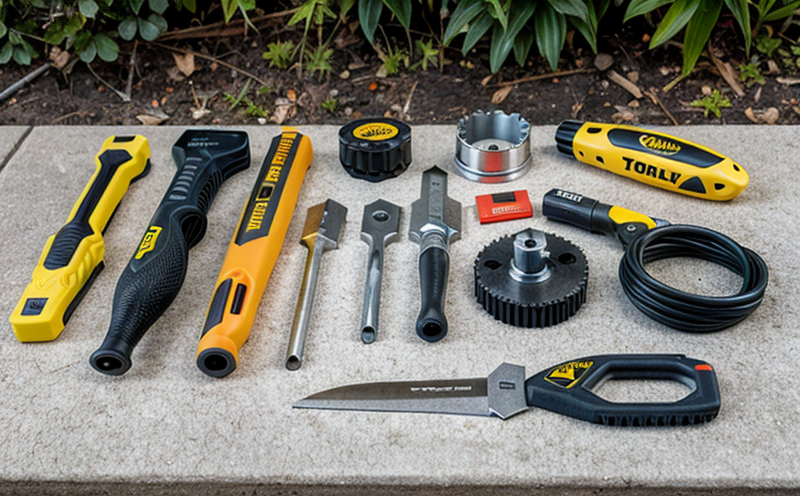Plating Thickness Testing in Hardware Finishes
In the realm of consumer products and product safety testing, particularly within DIY tools and hardware products, plating thickness plays a crucial role. Properly applied coatings not only enhance the aesthetic appeal but also protect against corrosion, wear, and environmental factors. This service focuses on accurately measuring the thickness of various types of plating used in hardware finishes.
Plating is widely utilized to improve durability and appearance across different materials such as steel, brass, zinc, copper, nickel, chromium, and tin. The process involves depositing a thin layer of metal onto another material through electrolytic or chemical means. Understanding the exact thickness is essential for ensuring product safety and compliance with industry standards.
Our laboratory employs advanced non-destructive methods like magnetic thickness gauges (MTG), eddy current testing (ECT), and X-ray fluorescence (XRF) to measure plating thickness accurately. These technologies provide precise readings without altering the surface integrity of the sample, making them ideal for both quality assurance and research purposes.
The testing process begins with careful selection of appropriate standards that guide our measurements. Depending on the material being plated and its intended application, we adhere to relevant international norms such as ISO 2177, ASTM B499, EN ISO 286-3, or IEC 60950.
Once the samples are prepared according to specified protocols, our highly trained technicians conduct thorough inspections using sophisticated equipment. Results are meticulously documented and analyzed before being reported back to clients in compliance with their requirements.
Accurate plating thickness measurement ensures consistent quality throughout production cycles, enhances product longevity, and reduces potential risks associated with improperly applied finishes. By adhering strictly to recognized guidelines, we guarantee reliable outcomes that meet or exceed customer expectations.
Applied Standards
| Standard Name | Description |
|---|---|
| ISO 2177:1986 | Magnetic thickness measurement of metallic coatings on non-ferrous substrates |
| ASTM B499 | Eddy current testing methods for determining the thickness of plating and coating on iron or steel |
| EN ISO 286-3:2017 | Determination of metallic layers by X-ray fluorescence spectrometry |
| IEC 60950 | Requirements for the safety of information technology equipment - Particular requirements for household and similar purposes |
Customer Impact and Satisfaction
Clients benefit significantly from this service by gaining detailed insights into their products' performance characteristics. With accurate plating thickness measurements, manufacturers can identify areas where improvements are needed to enhance product reliability and meet stringent regulatory requirements.
We pride ourselves on delivering comprehensive reports tailored specifically to our customers' needs, ensuring they have all necessary information at their fingertips when making critical decisions about new designs or existing processes. Our commitment to precision and integrity fosters long-term partnerships built on trust and mutual success.
To ensure maximum satisfaction, we offer additional support services such as training sessions for staff members involved directly in the manufacturing process, ensuring everyone understands best practices related to plating thickness testing. Regular follow-up calls allow us to stay connected with our clients throughout each project lifecycle, addressing any concerns promptly.
Environmental and Sustainability Contributions
- Reduces waste by minimizing rework due to improper plating thickness.
- Promotes recycling efforts through improved product longevity.
- Supports sustainable manufacturing practices by enhancing overall quality control measures.
- Fosters innovation in green technologies within the industry.





